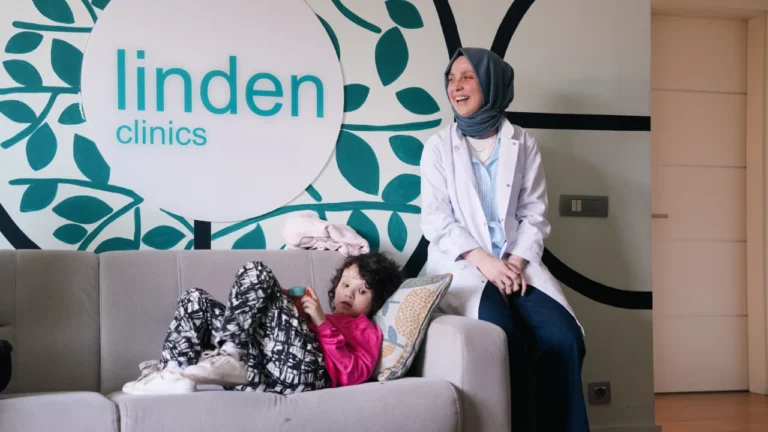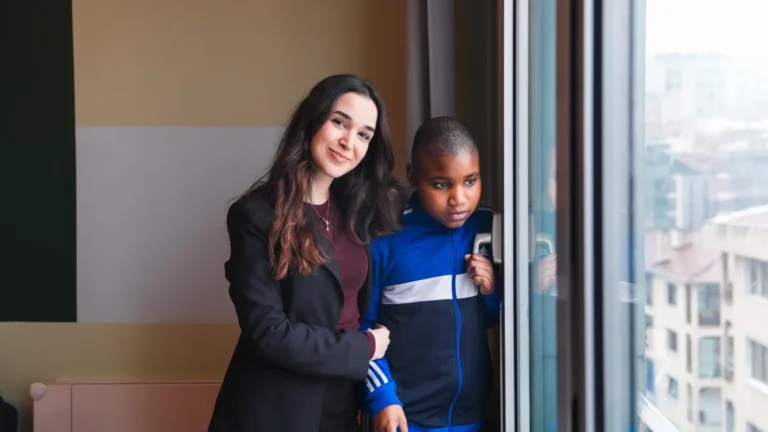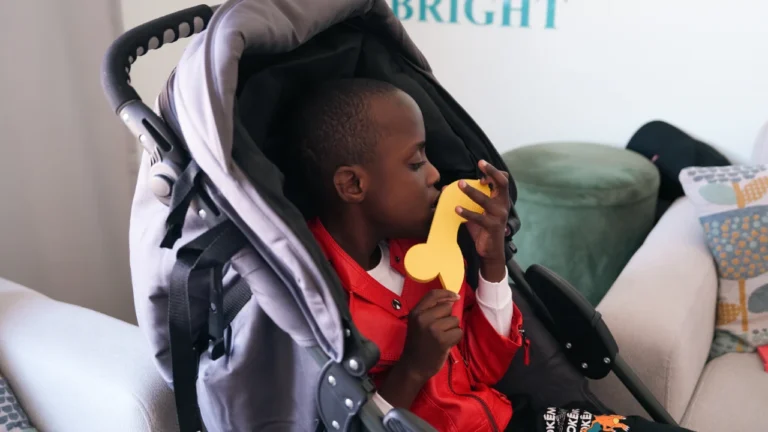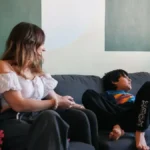The Best Fluffy Pancakes recipe you will fall in love with. Full of tips and tricks to help you make the best pancakes.
Helping an autistic child participate in therapy sessions can be a challenging journey for families. Whether you are considering traditional therapies or exploring new possibilities like Stem Cell Therapy for Autism, understanding the root of resistance is essential. Let’s walk through expert strategies, personal experiences, and research-backed solutions to support your child effectively — without added stress.
Table of Contents
Understanding Resistance to Therapy: It’s More Common Than You Think
Before diving into solutions, it’s important to recognize that resistance is not unusual. Many families who later shared positive Stem Cell Therapy Success Stories Autism initially faced similar hurdles. According to a 2022 review published in Autism Research, up to 40% of autistic children show hesitation or avoidance behaviors toward structured therapy sessions, especially early on.
Reasons might include:
- Sensory overload in therapy environments
- Anxiety about change
- Difficulty understanding the purpose of sessions
- Past negative experiences
Recognizing these reasons can help you approach the situation with empathy and realistic expectations.
Building Trust and Comfort First
Building a trusting relationship between your child and the therapist is crucial. Experts from the Best Stem Cell Clinics for Autism often stress the importance of familiarization sessions even before any medical or therapeutic interventions. Similarly, in traditional therapy:
- Arrange casual “meet and greet” visits before starting sessions.
- Allow your child to bring a comfort object.
- Introduce visual schedules to show what to expect.
📝 Practical Tip: One parent, after participating in a Stem Cell Therapy Autism Clinical Trial, shared that allowing her son to watch therapy sessions from a safe distance helped him gradually join in willingly.
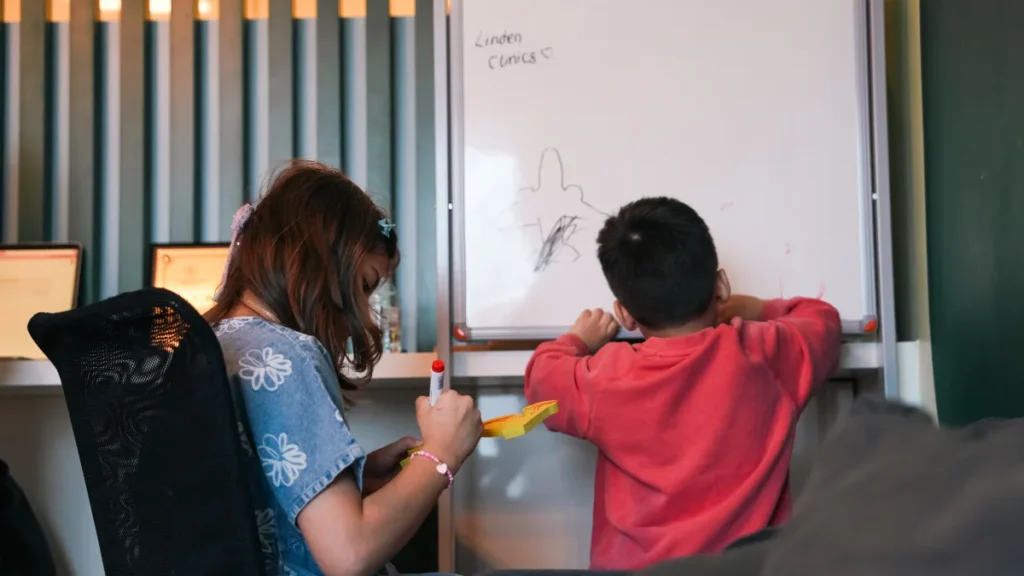
Explore Therapy Alternatives and Adjuncts
If your child consistently refuses traditional settings, exploring other methods may help:
- Home-based therapy: Some children feel more secure at home.
- Play-based or interest-based therapy: Adapts therapeutic goals into activities your child already loves.
- Innovative interventions: Stem cell therapies have gained attention, not only for medical treatment but for their flexible, personalized approach.
Many parents researching Cost of Stem Cell Therapy for Autism or How Effective is Stem Cell Therapy for Autism report that therapy designs tailored to their child’s unique needs made a major difference in acceptance.
Seek Professional Support and Peer Advice
When you’re unsure what step to take next:
- Consult specialists experienced with autism-specific therapies.
- Ask for advice from other parents who have completed treatments like Stem Cell Therapy Autism Near Me searches suggest.
Their practical tips and lived experiences can be invaluable.
Additionally, discuss the situation openly with your therapy team. They can adjust their approach — sometimes a change in therapist, style, or schedule can transform your child’s willingness to attend.
Be Patient: Progress is Not Linear
One common theme in Stem Cell Therapy for Autism Reviews and Stem Cell Therapy Autism Success Rate studies is that healing and development are rarely straight-line processes. Some weeks might feel like setbacks. Stay focused on long-term growth.
A personal note from my fieldwork: one young girl who strongly resisted both traditional and alternative therapies initially later became one of the most engaged participants after six months of gradual, empathetic support.
Conclusion: Small Wins Lead to Big Changes
Helping an autistic child accept therapy sessions requires a mix of patience, creativity, and professional support. Whether you are supplementing traditional therapy with treatments you found through Best Stem Cell Clinics for Autism or following behavioral programs, remember: success is built day by day.
Focus on emotional safety first, explore flexible options, and celebrate small steps — your child’s progress may come sooner than you think.
Q&A Section
Is it normal for autistic children to resist therapy?
Yes, it’s quite common. Resistance can stem from anxiety, sensory issues, or difficulty understanding the process.
Can Stem Cell Therapy replace regular therapies?
No. Stem Cell Therapy for Autism is typically seen as a complementary treatment. It is important to continue behavioral and developmental therapies alongside it.
What should I do if my child absolutely refuses therapy?
Consider pausing formal sessions temporarily. Focus on trust-building activities and consult professionals to design a gentler reintroduction plan.


